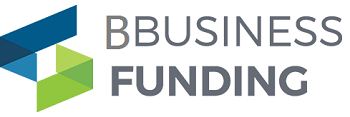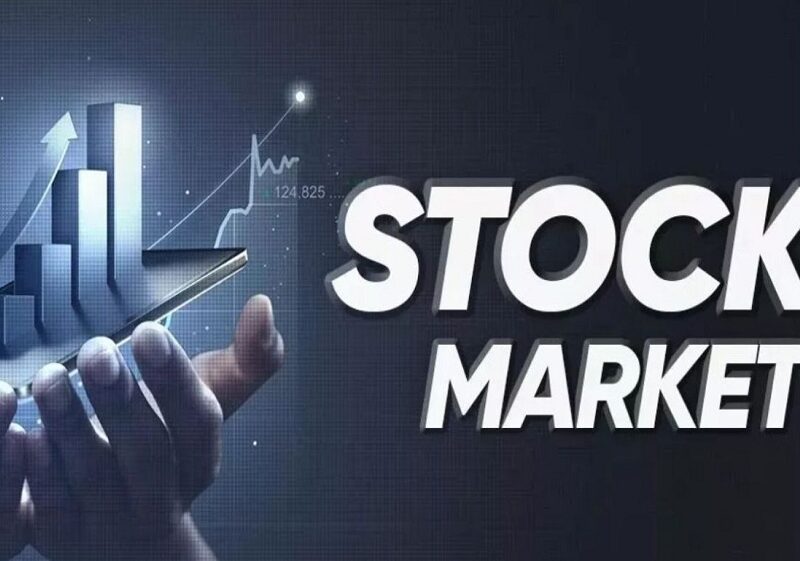With the emergence of Internet platforms, such as investing apps, the stock market has become more accessible and convenient for individuals. Demat accounts and margin trading are two common methods investors use in this evolving landscape. While these financial products offer unique opportunities, it is crucial to acknowledge the inherent risks they carry. This blog aims to delve into the potential benefits of demat accounts and margin trading while emphasising the importance of understanding and managing associated dangers. By understanding these tools comprehensively, investors can make informed decisions and navigate the financial world with greater confidence. Consider utilising reliable investment apps to enhance your investing experience and capitalise on the opportunities presented by demat accounts and margin trading.
Demat Account
A Demat account is a digital repository allowing investors to hold and trade securities electronically. It eliminates the need for physical share certificates and provides a convenient investment management method. With a demat account, investors can buy, sell, and transfer securities seamlessly, providing ease of access and increased efficiency in the stock market. It offers a secure and transparent platform for investors to track their holdings and participate in various investment opportunities.
Unlocking Opportunities: There is no need for actual certificates while keeping securities in a demat account, which stands for dematerialized. First, it offers an easy and effective way to trade and invest, with transactions completed electronically. Through online investment applications, investors may purchase, sell, and hold stocks, mutual funds, exchange-traded funds (ETFs), and other assets from the comfort of their homes.
Additionally, demat accounts enable easy portfolio management, offering real-time tracking of investments and access to transaction history. They provide secure storage of securities, eliminating the risk of loss or damage associated with physical certificates. Moreover, demat accounts facilitate faster settlement of trades, leading to reduced paperwork and shorter transaction cycles.
Margin Trading
Margin trading is a high-risk strategy where investors borrow funds to amplify their trading positions in the market. It allows for both long and short positions, providing opportunities to profit from market fluctuations. However, it requires careful consideration and understanding of the risks involved, as losses can exceed the initial investment. Proper risk management and expertise are essential when engaging in margin trading.
Leveraging Potential: Investors can leverage their assets through margin trading in the US stock market and increase profits. Investors can take control of greater holdings in the market, improving their potential for profit by borrowing money from their brokerage companies and putting only a portion of the entire transaction value up front as a margin.
One of the key advantages of margin trading is the ability to make both long and short bets. Investors can profit from market movements in either direction, regardless of whether the market is rising or falling. This flexibility allows seasoned investors to profit from short-term market movements and seize trading opportunities, which may not be achievable with traditional investing techniques.
The inherent risks associated with margin trading must be understood, though. No matter how the investment turns out, the borrowed money must be paid back. Additionally, market turbulence can potentially increase losses beyond the initial investment. Investors must have a solid awareness of market dynamics, conduct the appropriate research, and create efficient risk management methods to reduce these risks.
Risks and Considerations: Although demat accounts and margin trading may seem promising, it is important to recognise and evaluate the inherent risks. A major risk involves the potential for higher market exposure when engaging in margin trading. While this can result in greater gains, it also increases the possibility of significant losses. They could face substantial financial setbacks if the market moves unfavourably against the investor’s position. Additionally, the borrowed funds utilised for margin trading must be paid back, which can lead to additional financial stress in the event of losses.
When engaging in margin trading, borrowed funds will accrue interest charges. If the returns from the investment don’t surpass the borrowing cost, profits may be affected. Thus, thoroughly assessing your risk tolerance and financial situation is vital before proceeding. It’s crucial to weigh the potential gains against the costs and risks involved.
To minimise risks, investors need to have a thorough understanding of investment instruments and market trends. Proper research and analysis is crucial to make informed decisions and manage risks effectively. It’s important to stay up-to-date on market news, economic indicators, and company-specific information that may affect investment decisions.
Conclusion
Investors can take advantage of exciting opportunities in the stock market through demat accounts and margin trading. These tools provide convenience, efficiency, and the potential to increase returns. However, exercising caution and thoroughly understanding the associated risks is crucial. Proper research, risk management strategies, and consulting with financial advisors are key to successful investing.
If you want to maximise investment opportunities while minimising risks, consider using the BlinkX trading app. It has a simple and easy-to-use interface, provides real-time market updates, and has strong security measures. BlinkX is a reliable platform for demat accounts and margin trading. Start investing today and tap into the potential of the US stock market with BlinkX.

